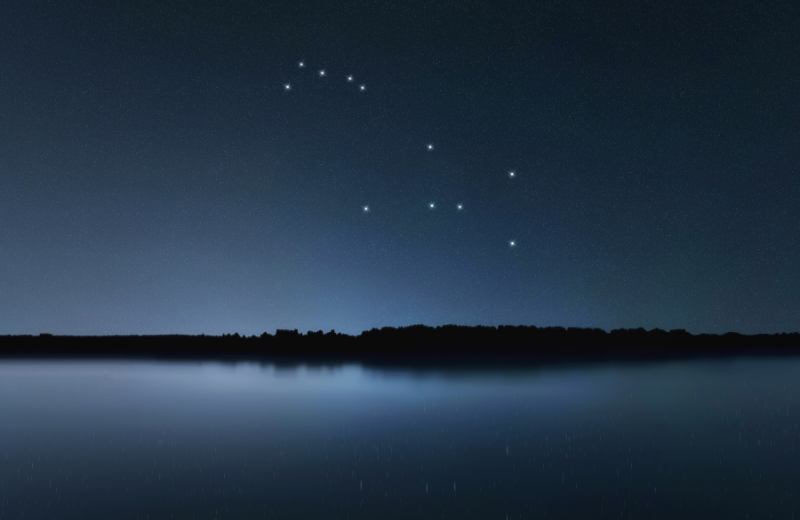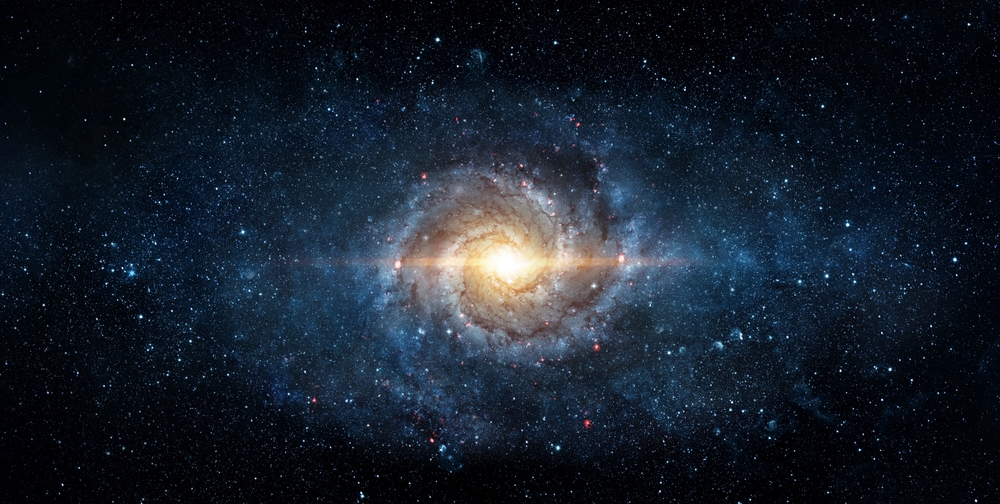If you’re interested in the Puppis constellation, this guide shares its fascinating features, stories, and stars. Whether you’re a seasoned astronomer or simply curious about the wonders above, we’ve covered it all.
Jump to:
Recommended for you!
Best SellersWhat is the Puppis Constellation?
The Puppis constellation is a large and remarkable grouping of stars in the southern hemisphere. Its name may sound unusual at first, but it holds great historical and celestial significance. In Latin, "Puppis" translates to "the stern," which refers to the rear part of a ship. This name ties directly into the constellation’s origin, as Puppis was once part of a larger constellation known as Argo Navis, representing the mythological ship of Jason and the Argonauts.
When astronomers redefined the constellations in the 18th century, Argo Navis was split into three separate constellations: Puppis (the stern), Carina (the keel), and Vela (the sails).
What Does Puppis Look Like?

Puppis isn’t the easiest constellation to spot without some guidance, but it’s worth the effort. It covers a large area in the sky, appearing as a collection of bright stars scattered in a loose arrangement. While it lacks a distinct shape that resembles the stern of a ship, its stars are a stunning sight to behold when viewed from a dark location.
How Far is the Puppis Constellation from Earth?
The stars within the Puppis constellation vary greatly in distance from Earth. Some of its most notable stars lie hundreds of light-years away. The constellation’s size and range of star distances make it an exciting subject for astronomical observation.
The Puppis Constellation Myth
To understand the myth behind the Puppis constellation, we need to revisit the story of Argo Navis. In Greek mythology, Argo Navis was the legendary ship that carried Jason and his crew, the Argonauts, on their quest for the Golden Fleece. The ship itself was a magnificent vessel crafted by the shipwright Argus and blessed by the goddess Athena. When Argo Navis was split into three constellations, Puppis retained its association with the ship’s stern.
Puppis' Stars

Puppis is a vast constellation that features several captivating stars, each with unique characteristics:
- Naos (Zeta Puppis): The brightest star in Puppis, Naos is a blue supergiant that shines with exceptional luminosity. It has a magnitude that makes it one of the most brilliant stars visible from Earth, lying approximately 1,100 light-years away. Its brightness is nothing short of awe-inspiring, illuminating the surrounding area of the night sky.
- Pi Puppis: This remarkable red supergiant is part of an impressive open star cluster called Collinder 135. Pi Puppis stands out with its deep, reddish hue, making it a magnificent sight through a telescope. It plays a significant role in highlighting the constellation's beauty and is located about 810 light-years from Earth.
- V Puppis: An intriguing variable star, V Puppis has sparked considerable interest among astronomers due to speculation that it may be associated with a black hole. While this hypothesis requires further research, the star’s varying brightness adds an element of mystery and fascination to the constellation of Puppis.
Nebulae in the Puppis Constellation
Puppis is home to several mesmerising nebulae, adding to its celestial beauty. One of the most famous is the Messier 46 open cluster, which contains a planetary nebula known as NGC 2438. This fascinating combination of young, bright stars and an older, dying star creates a striking visual contrast that captivates those who observe it.
Another notable feature is the Messier 93 open cluster, which showcases a brilliant assembly of blue and white stars. These clusters and nebulae make Puppis a rich area for exploring.
Finding Puppis in the Sky

Puppis is best viewed from the southern hemisphere, although those at lower latitudes in the northern hemisphere can also catch a glimpse of it. The constellation is particularly striking during the summer months in the southern hemisphere.
Locating Puppis
To find Puppis, begin by locating the neighbouring constellations of Canis Major and Vela. Puppis is situated between these two, making it easier to spot if you use them as reference points. Canis Major’s brightest star, Sirius, serves as a useful guide: once you’ve found Sirius, trace your way southeast towards Puppis.
Viewing Puppis with Binoculars or a Telescope
While some of Puppis’ stars can be seen with the naked eye on clear nights, using binoculars or a small telescope will greatly enhance your viewing experience.
- With Binoculars: Binoculars will help you bring out more of Puppis' impressive star clusters, like Messier 46 and Messier 93. These clusters, packed with shimmering stars, become more vibrant and detailed with binoculars.
- With a Telescope: A telescope is ideal for exploring Puppis' deeper celestial wonders. It will reveal nebulae and highlight the contrasting colours of stars like Naos and Pi Puppis. For a particularly spectacular view, focus on the planetary nebula within Messier 46.
The Best Viewing Times
For those in the southern hemisphere, the best time to observe Puppis is from December to March, when it is high in the night sky. If you’re in the northern hemisphere, your best chance to see Puppis comes during late winter or early spring. Viewing conditions improve significantly the further south you go, so if you’re on a stargazing adventure, consider travelling to a more southerly location for a better look.
To make the most of your experience, find a dark area away from city lights, use a star chart or stargazing app, and give your eyes some time to adjust to the darkness. That way, you’ll be able to fully appreciate the splendour of Puppis and its surrounding celestial features.
Recommended for you!
Best SellersFun Facts About Puppis
- Puppis is part of the Milky Way, which means it lies in an area dense with stars, clusters, and nebulae. This makes it an exciting region to explore with binoculars or a telescope.
- The constellation has several Messier objects, including Messier 46 and Messier 93, which are popular targets for stargazers.
- The name "Puppis" is pronounced "PUP-iss," and it belongs to the third declension in Latin grammar.
Study Astronomy for £29
If the Puppis constellation has sparked your curiosity, why not explore more about the stars and the cosmos with our Astronomy Diploma Course at Centre of Excellence? This course offers a detailed understanding of the universe, from constellations and star types to the fundamentals of space observation. Perfect for all budding astronomers, the course is available for a discounted price of £29.













